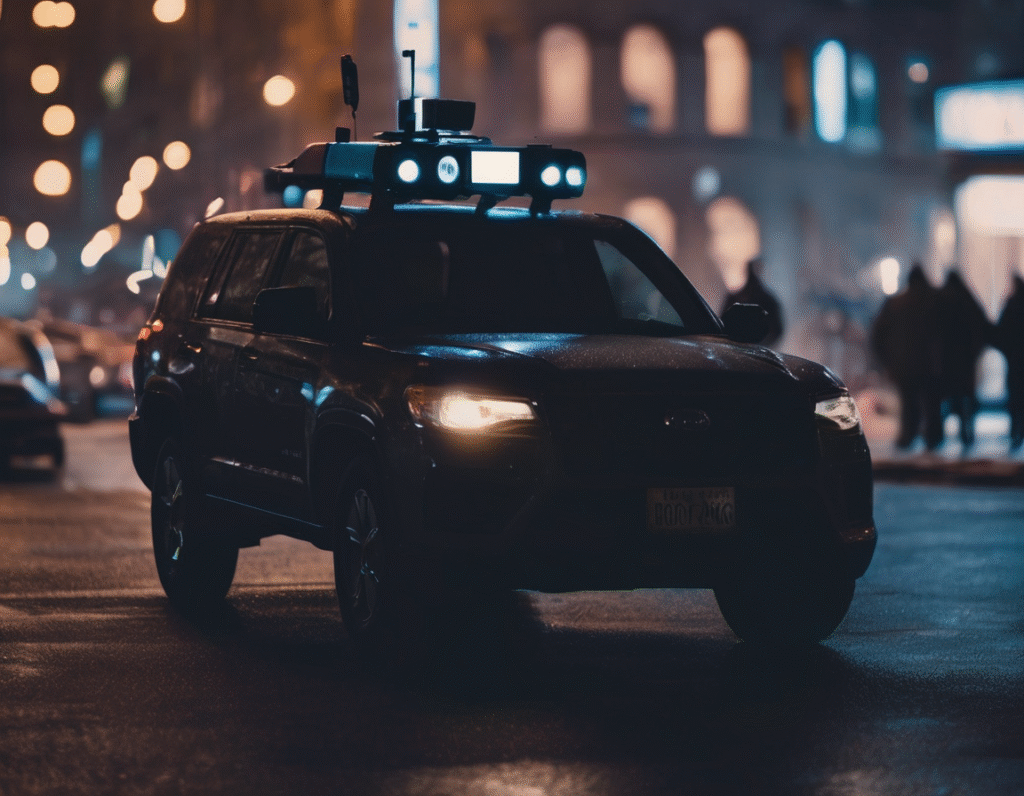US Immigration and Customs Enforcement has spent 825,000 dollars this year on vehicles equipped with cell phone surveillance technology, according to a review of public records. The contract, which was identified by TechCrunch, is for Cell Site Simulator Vehicles to support the agency’s Homeland Security Technical Operations program. This purchase continues ICE’s history of using cell-site simulators, also known as IMSI-catchers. The agency has recently faced significant public criticism for other actions, including unlawfully detaining American citizens and using violence against journalists and protestors while carrying out immigration enforcement under President Donald Trump. The contract was fulfilled by TechOps Specialty Vehicles, which supplied the vehicles outfitted with the spy gear. IMSI-catchers work by mimicking legitimate cell phone towers. When mobile phones in the area connect to these fake towers, the devices can be located and their data can be intercepted. IMSI stands for International Mobile Subscriber Identity, a unique number for every cellular network user. There are two main types of this surveillance technology. Passive IMSI-catchers are considered less intrusive, while active versions are more powerful, capable of intercepting all data transmitted from a phone in addition to tracking its precise location. The TechCrunch report did not specify which type of simulator ICE is deploying in its new vehicles. This technology is highly controversial for several reasons. A major concern is that it operates without a warrant, allowing for bulk collection of data from phones belonging to anyone in the vicinity, including innocent bystanders who are not targets of an investigation. This exposes private citizen information to government collection without individualized suspicion. Furthermore, the use of cell-site simulators poses a public safety risk. The devices can disrupt a phone’s ability to connect to real cellular networks, which can prevent users from making calls to emergency services like 911. The Electronic Frontier Foundation has previously highlighted this dangerous potential for 911 disruption. The revelation of this substantial expenditure on surveillance tech comes at a time when ICE’s enforcement tactics are already under intense scrutiny, raising further questions about the balance between national security and individual privacy rights.


